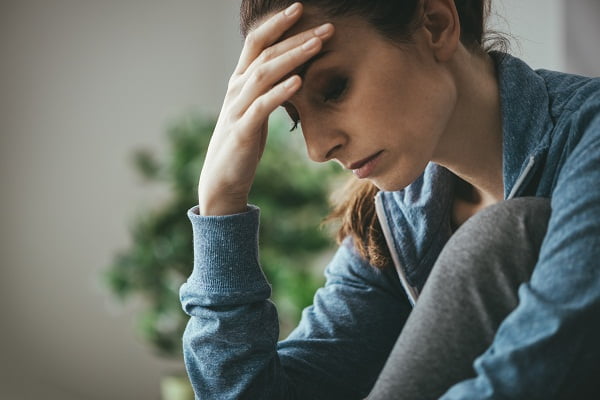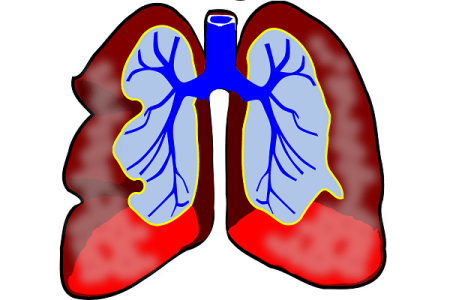Lung Cancer in Women
- Updated on: Jul 12, 2024
- 2 min Read
- Published on Apr 20, 2021


According to the American Cancer Society, lung cancer is the second most common of all types of cancers among both men and women.
Lung cancer is often tied to smoking or exposure to certain chemicals. According to available date, though there are far fewer women who smoke cigarettes than men, but they still account for about half of all new lung cancer cases. Though there has been a decline in cancer deaths in men in the last two decades, lung cancer deaths among women continue to rise.
In this article, we will look at signs and symptoms of lung cancer in women and the risk factors.
What are the risk factors for lung cancer in women?
The risk factors for lung cancer are similar in both men and women. These include such as:
- family history
- poor diet and lack of nutrition
- smoking: Among nonsmokers, women are considered to be at a higher risk than men. According to a study, 20 percent of women with lung cancer have never smoked.
- exposure to passive smoking: Smoking or exposure to secondhand smoke is the biggest risk factor for the lung cancer
- personal medical history of lung cancer or any other lung disease
- exposure to certain chemicals such as asbestos, smoke, or radon
Genetic causes and hormonal changes in women
It is believed that genetic and hormonal differences or a combination thereof may play a significant role in the development of lung cancer in women.
Several genes have been identified that might explain the lung cancer in women. Some of these genes are inherited, and some of the others are activated by tobacco use (smoking).
Gastric-releasing peptide receptor (GRPR) is also linked with cancer cell growth.
Epidermal growth factor (EGFR) is a protein generally found in lung cancers. Mutations of the gene that produces EGFR are more common in women than in men.
Scientists have found that a woman’s exposure to certain hormones such as estrogen in her lifetime may increase the risk for lung cancer.
Situations that can affect a woman for such genetic and hormonal changes are:
- Age when first period started
- Age at menopause
- Pregnancies
- Menstrual cycles
What are signs and symptoms of lung cancer in women?
Men and women experience almost similar symptoms of lung cancer. These include the following:
- coughing with blood
- shortness of breath
- wheezing
- hoarseness of the voice
- difficulty in swallowing
- loss of appetite
- worsening cough
- chest pain
- unexplained weight loss
- being tired
- lung infections, such as pneumonia or bronchitis
What should you do if you notice initial signs of lung cancer?
You should immediately contact a doctor if you suspect it could be something serious.
In the past, there was no difference in the treatment of lung cancer among men and women. However, with recent research unveiling the hormonal and genetic differences in the lung cancer between the two genders, new therapies that may be more effective are being developed for women.
A healthful lifestyle and avoidance of exposure to smoke (tobacco) is the best way for women to reduce the risk of getting lung cancer.











